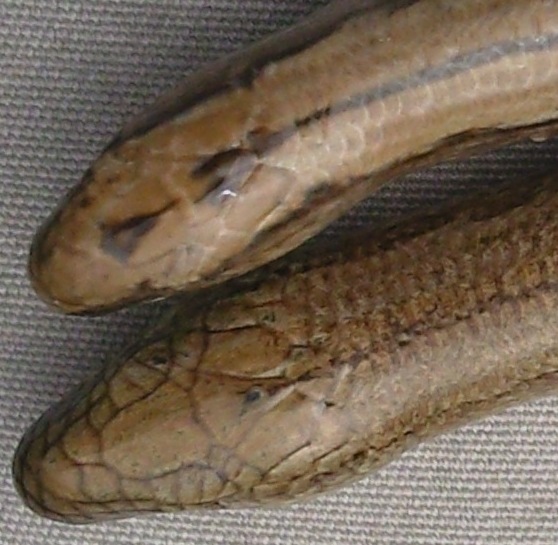 |
 |
The Vicar at SARG: |
| Author | Message |
|
Scale Senior Member Joined: 05 Dec 2010 No. of posts: 83  View other posts by Scale |
Posted: 07 Feb 2011 I hope this post reaches the intended recipient, i opted for the least subtle topic title i could think of. Sounds sinister, it's not. I was very interested to find your (Steve L's)graphs on the SARG website earlier. I was intrigued to note a general high peak of sightings per hour for most reptile species during extended periods of increased wind speeds (albeit not always consistently; due to a number of other associated weather and seasonal influences?). Are the results based on tin observations (combined or specific to species) or have you found that sightings are more prevalent when exposed basking animals are aggregated in sheltered areas on windier days. Although clearly not a prodigious theory, i have long felt that wind chill reduces the area of viable habitat used by reptiles and also increases the need for(sheltered)basking. I have found that windier conditions actually increase my ability to accurately predict the locations of reptiles whilst also increasing the length of time the animals require to bask (thus extending my survey period) In which case is it appropriate for guidelines to suggest that surveys should only be undertaken in 'ideal weather conditions' with little or no wind? What are your thoughts on this Steve. Statistical data, analysis and results should surely inform the default settings for survey standards and not the long established (but nonetheless apparently common sensical) thought. [This also appears applicable when considering the GCN M Guidelines and the Cresswell NE research report on reasonable working distances from a breeding pond] N.B. on a similar note my slow-worm counts are as good (if not better) on overcast days when using artificial refugia (although this does not appear to apply to the snake species) |
|
Vicar Senior Member Joined: 02 Sep 2004 No. of posts: 1181 View other posts by Vicar |
Posted: 18 Feb 2011 Yep, I've noticed this too, particularly for adder. On windy days I know which hollows will be occupied. The answer to your questions....and the means to test your hypothesis is here: http://www.surrey-arg.org.uk/cgi-bin/statistics/Observabilit yStats2.asp Steve Langham - Chairman 
Surrey Amphibian & Reptile Group (SARG). |
- The Vicar at SARG |